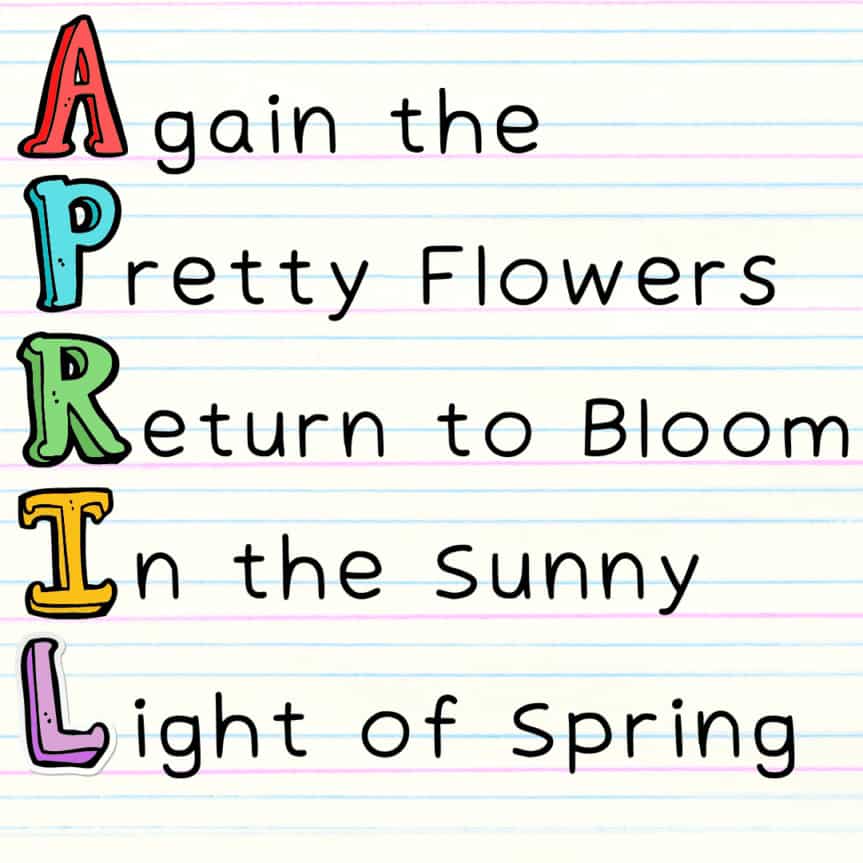How Poetry Helps Improve Literacy and Self-Expression
The notion that poetry is difficult or boring has a long history in our society, with many children and adults not attempting to read or write poetry. This is unfortunate because poetry helps foster the imagination of readers in a way that other literary forms cannot. Poetry gives children a unique way to express themselves while improving their reading, writing and literacy skills.
Poetry is multilayered with rich imagery and meaning. It challenges readers to engage with the text more than they are used to and forces them to use their critical thinking abilities to decode the meaning of a poem. Reading poetry in a group setting helps children become better at discussing and sharing ideas with others.
Children also learn to infer what the poet is saying. If they can determine the literal meaning of the poem, they are one step closer to learning the deeper figurative meaning. Poetry presents children with new literary techniques such as rhymes, similes and metaphors, which are essential to their language arts education. Rhyming can help with pronunciation as well as the discovery of new words. The figurative language used in poetry teaches children to look beyond the literal and surface meaning of words, inviting children to use their imagination. Learning these concepts provides children a new and creative way to express themselves through words.
Writing poetry invites children to create their own unique voice with which they can use to navigate their world. For children beginning to write their own poetry, two of the best forms are acrostic and haiku poems.

An acrostic poem features a word running vertically down the left-side of the page; writers compose a line that starts with each letter of the word. The lines usually are about the word forming the acrostic. Acrostic poems are helpful for children learning abstract concepts and new and creative ways to describe everyday objects around them.
A haiku is typically about nature and has three lines. The first and third lines have five syllables, and the second line has seven syllables. Haikus are a great place for children to start. The poem’s structure is simple and helps teach children about syllables as well as pronunciation.
Whether they write haiku or acrostic or simply read some verse aloud, poetry gives children freedom to invent anything they want.
Book Lists:
Visit the public library website for poetry for all ages.
All photos provided by Tampa-Hillsborough County Public Library.


